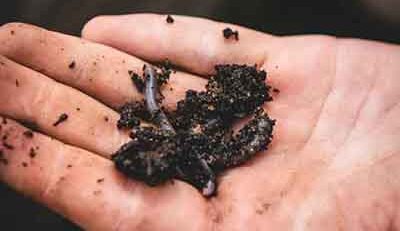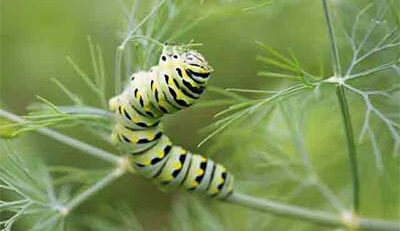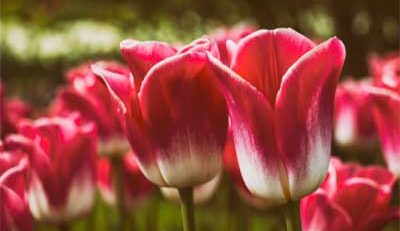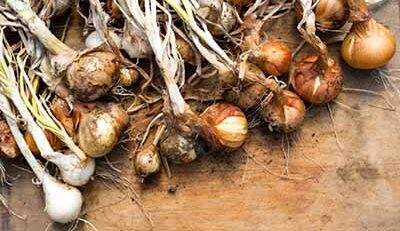Mint Plant: Grow, Care & Use
The mint plant is one of the most popular, versatile, and easy-to-grow herbs in the world. Whether you’re cultivating a home garden, adding flavor to your kitchen dishes, or using it for its medicinal properties, mint has a lot to offer. With its vibrant green leaves, invigorating aroma, and countless uses, the mint plant is a must-have for gardeners and herbal enthusiasts alike.
In this comprehensive guide, we’ll explore everything you need to know about mint—from its history and varieties to growing tips, care instructions, and practical uses.
What is the Mint Plant?
The mint plant belongs to the genus Mentha, which includes around 25–30 different species. It is a perennial herb, meaning it grows year after year, and thrives in a wide range of climates. Mint is famous for its distinctive aroma and cooling sensation, thanks to the presence of menthol in its leaves.
Some of the most common types of mint include:
- Peppermint (Mentha × piperita) – A hybrid between watermint and spearmint, known for its strong flavor.
- Spearmint (Mentha spicata) – Milder than peppermint and commonly used in culinary dishes.
- Apple mint (Mentha suaveolens) – A fuzzy-leaved variety with a fruity aroma.
- Chocolate mint – Has a subtle cocoa scent, popular in desserts and teas.
A Brief History of Mint
Mint has been used for centuries across various cultures. Ancient Egyptians, Greeks, and Romans valued mint for both its culinary and medicinal uses. In traditional Ayurvedic and Chinese medicine, mint has long been a remedy for digestive issues, respiratory ailments, and headaches.
Over time, mint spread across the globe and became a staple herb in countless kitchens, teas, and cosmetic products.
Why Grow Mint?
There are several compelling reasons to grow mint at home:
1. Easy to Cultivate
Mint is one of the easiest herbs to grow—even for beginners. It requires minimal effort and can thrive in containers, garden beds, or even indoors.
2. Fast Growing
Mint grows rapidly and spreads quickly. You can expect a healthy harvest within weeks of planting.
3. Versatile Uses
Mint can be used in cooking, teas, cocktails, home remedies, and even as a natural pest repellent.
4. Beautiful Aroma
The fresh, invigorating scent of mint enhances your garden, kitchen, or balcony.
How to Grow Mint
1. Choosing the Right Variety
First, decide which mint variety you’d like to grow based on your preferences. Peppermint is perfect for teas and candies, while spearmint is ideal for savory dishes and salads.
2. Planting Mint
- Location: Mint prefers partial shade to full sun. It thrives in well-draining soil with moderate moisture.
- Container vs. Garden Bed: Mint can be invasive. To prevent it from overtaking your garden, it’s best to grow it in containers or raised beds.
- Planting Time: Spring is the best time to plant mint outdoors. Indoors, you can plant it year-round.
- Spacing: If growing multiple mint plants, space them about 18–24 inches apart to allow room for spreading.
3. Propagation Methods
Mint can be propagated from:
- Seeds: Germination takes 10–15 days. Seeds may not produce identical offspring if hybrid.
- Cuttings: The easiest and most reliable method. Simply snip a 4–6 inch cutting and place it in water until roots form, then transplant to soil.
- Division: You can divide established mint plants by separating the root clumps and replanting them.
Caring for Your Mint Plant
1. Watering
Mint prefers consistently moist soil. Water it regularly but avoid overwatering, as soggy soil can cause root rot.
2. Fertilizing
Mint doesn’t require heavy feeding. A light application of compost or an all-purpose liquid fertilizer every few weeks will keep it healthy.
3. Pruning
Regular pruning encourages bushier growth. Trim the tips frequently, especially before the plant flowers. Once it flowers, the leaves can become bitter.
4. Mulching
Mulching around the base helps retain moisture and suppress weeds. Use straw, compost, or organic mulch.
Growing Mint Indoors
Mint is a fantastic indoor herb. Here’s how to grow it successfully:
- Place the pot near a sunny window that receives 4–6 hours of light per day.
- Use a well-draining potting mix.
- Water when the top inch of soil feels dry.
- Rotate the pot occasionally to ensure even light distribution.
Common Problems and How to Solve Them
1. Pest Issues
- Aphids and spider mites can infest mint. Use neem oil or insecticidal soap.
- Flea beetles and leaf miners may also appear; remove affected leaves and encourage beneficial insects.
2. Diseases
- Mint rust causes small orange or brown spots. Remove infected leaves and avoid overhead watering.
- Powdery mildew is a white coating on leaves—ensure proper air circulation and avoid excess moisture.
3. Invasive Growth
Mint spreads quickly via underground runners. Use barriers or containers to contain its growth.
How to Harvest Mint
Mint is best harvested just before it flowers, as the oils are most concentrated then. Here’s how to harvest it:
- Cut the stems 1–2 inches above the ground.
- Use sharp scissors or pruning shears.
- Harvest in the morning after dew has dried for the best flavor.
- Regular harvesting encourages fresh, dense growth.
How to Store Mint
1. Fresh Storage
- In Water: Place stems in a glass of water like cut flowers and refrigerate.
- Refrigerator Bag: Wrap leaves in a damp paper towel and place in a zip-lock bag.
2. Drying
- Tie stems into small bunches and hang them upside down in a dark, airy place.
- Once dry, store leaves in airtight containers away from sunlight.
3. Freezing
- Chop mint leaves and place them in ice cube trays with water or olive oil.
- Freeze for later use in teas, soups, and sauces.
Culinary Uses of Mint
Mint adds a fresh burst of flavor to many dishes. Here are some popular uses:
1. Drinks
- Mojitos, mint juleps, and infused waters
- Herbal teas and iced teas
2. Dishes
- Tabbouleh, chutneys, and spring rolls
- Lamb dishes, salads, and desserts
3. Baking
- Chocolate-mint cookies
- Mint brownies and cakes
Medicinal Benefits of Mint
Mint has been used in natural medicine for centuries. Some of its benefits include:
1. Aids Digestion
Mint stimulates digestive enzymes and helps relieve indigestion, bloating, and gas.
2. Relieves Headaches
The menthol in mint can relax muscles and reduce tension headaches when applied topically or inhaled.
3. Eases Respiratory Issues
Mint’s decongestant and anti-inflammatory properties make it useful for clearing sinuses and relieving coughs.
4. Soothes Nausea
Mint tea is a well-known remedy for morning sickness and motion sickness.
5. Freshens Breath
Mint is a common ingredient in toothpaste and mouthwash because of its antibacterial and breath-freshening properties.
Other Uses of Mint
Beyond cooking and medicine, mint can be used in:
- Homemade skincare products (e.g., face masks, scrubs, lip balms)
- Insect repellent sprays
- Aromatherapy (mint essential oil is uplifting and energizing)
- Pet deterrents (keeps ants and rodents away from your garden)
Fun Facts About Mint
- Ancient Greeks rubbed mint leaves on their arms to energize before competitions.
- In folklore, mint symbolizes hospitality and was used to welcome guests.
- The name “mint” comes from the Greek myth of Minthe, a nymph turned into a mint plant.
Conclusion
The mint plant is truly a gift of nature. From its low-maintenance growth habits to its wide range of applications, mint offers something for everyone. Whether you’re sipping mint tea on a rainy day or garnishing a fresh summer salad, this herb brings a touch of magic to your home and health.
With just a little care, your mint plant can flourish for years—offering fresh leaves, delightful fragrance, and natural remedies right at your fingertips.
Ready to grow your own mint? Grab a pot, pick your favorite variety, and start enjoying the benefits of this timeless herb today!










Leave a Reply